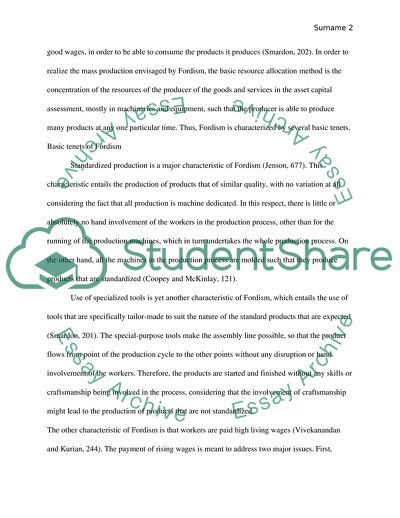Cite this document
(What was Fordism Essay Example | Topics and Well Written Essays - 2000 words, n.d.)
What was Fordism Essay Example | Topics and Well Written Essays - 2000 words. https://studentshare.org/politics/1841228-fordism
What was Fordism Essay Example | Topics and Well Written Essays - 2000 words. https://studentshare.org/politics/1841228-fordism
(What Was Fordism Essay Example | Topics and Well Written Essays - 2000 Words)
What Was Fordism Essay Example | Topics and Well Written Essays - 2000 Words. https://studentshare.org/politics/1841228-fordism.
What Was Fordism Essay Example | Topics and Well Written Essays - 2000 Words. https://studentshare.org/politics/1841228-fordism.
“What Was Fordism Essay Example | Topics and Well Written Essays - 2000 Words”. https://studentshare.org/politics/1841228-fordism.


